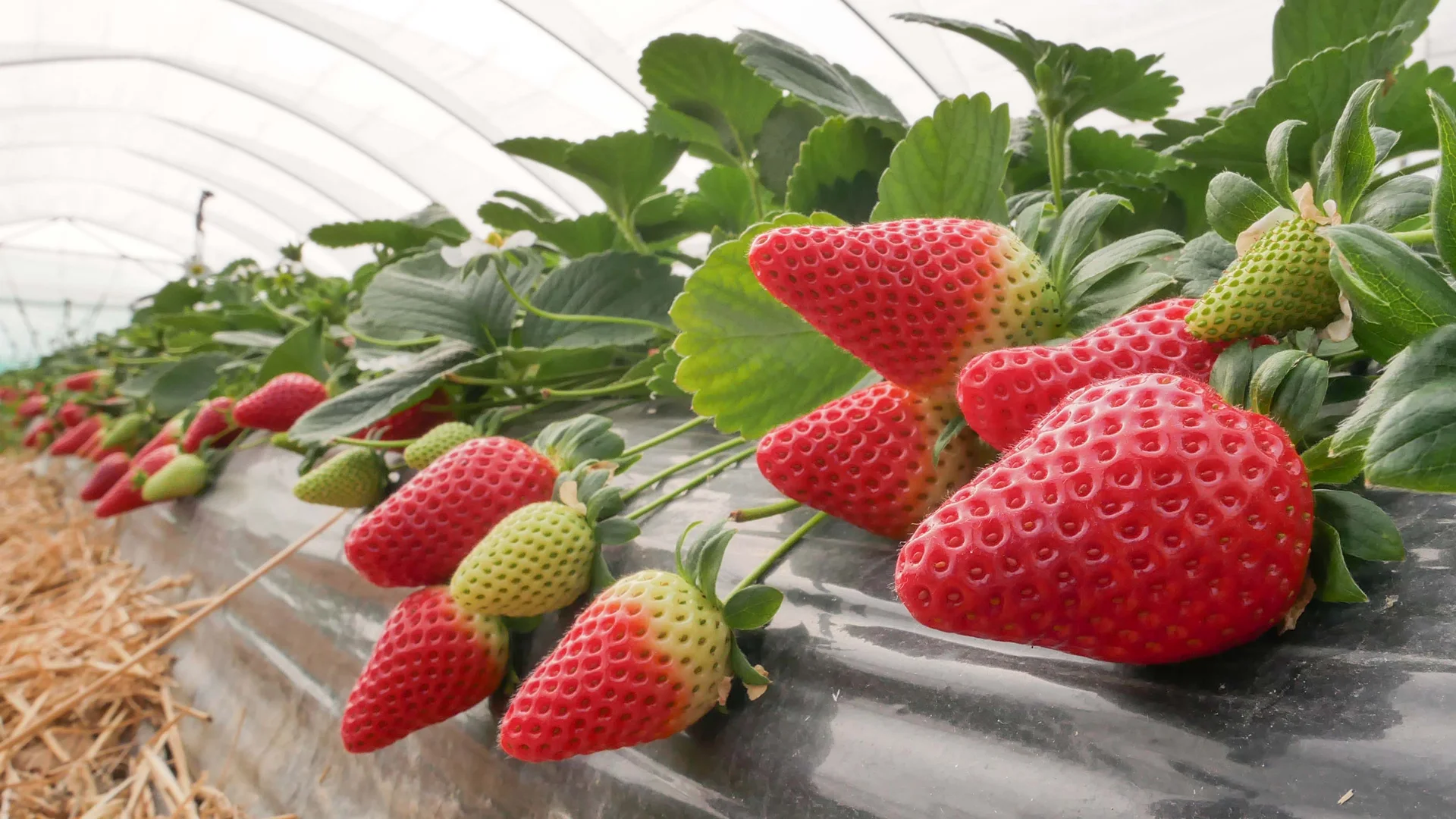The blueberry industry in Ukraine has faced many challenges in recent years, including the ongoing war factor in 2022 and 2023.
Taking stock of the situation in Ukraine, Taras Bashtannyk of the Ukrainian Horticultural Association (UHA) presented a paper at the 11th Blueberry Conference held in Poland on March 9-10.
In March 2022, there was total uncertainty about the future of the sector, and in the period between April and May 2022, disrupted supply chains and lack of essential resources such as fuel, pesticides, fertilizer, and packaging were the main problems. In the summer period from June to August 2022, border queues, problems with exports, and a shrinking domestic consumption market further exacerbated the challenges. In October-December 2022, the industry also faced problems with electricity supply.
Looking ahead, the only significant problem projected for 2023 is reduced domestic consumption in the face of growing production volumes.
Despite these challenges, the blueberry industry in Ukraine has several positive aspects that have the potential to foster its development. Ukraine has several climate zones that allow blueberries to be harvested from mid-May (in plastic tunnels) until the end of September, and the country has more than one million hectares of land suitable for blueberries production in terms of soil acidity and access to water.





Ukraine also has competitive logistics for the EU market, with a distance of 1,975 km between Zhytomyr (in central Ukraine) and Rotterdam and 2,250 km between Rotterdam and Huelva (in southwestern Spain). In addition, Ukraine has abundant labor resources and the absence of Drosophila suzukii is a significant advantage.
However, several key issues hinder even more rapid development of blueberries production in Ukraine. One significant challenge is the lack of knowledge and experience of many new entrants to the industry, resulting in low productivity and quality. There is also a lack of sorting and storage facilities, and many producers lack experience with logistics and exports. The shortage of planting material and quality substrate (peat and sawdust) is also a challenge.
Nevertheless, the forecast for the development of the blueberries sector in Ukraine is positive. The cultivated area is expected to grow at a compound annual growth rate (CAGR) of 15-20% per year.
Ukraine is also expected to harvest an additional 2,000-2,500 tons of blueberries per year over the next five years, with exports possibly reaching 10,000 tons by the end of 2025. Over the next five years, new projects are planned focusing on the production of blueberries out-of-season in May or September, new projects to grow blueberries organics, and the use of controlled atmosphere storage to extend the supply season into November.

New plantings with modern varieties and constant improvements in post-harvest processes will also be added to the above. In addition, international standards such as GlobalGAP, GRASP and BRC will become standard for all producers. The creation of new links in the chain, such as associations, cooperatives, and professional traders, and the opening of new markets, such as the Middle East, India, and Southeast Asia, are also planned.
In conclusion, the blueberry industry in Ukraine faces many challenges, including the war factor, which is still ongoing in 2023, lack of knowledge and experience among many newcomers, and shortage of planting material and quality substrate. However, the industry also has several positive aspects, such as competitive logistics to the EU market, abundant labor resources, and different climate zones that allow longer harvest periods.
Looking to the future, they hope for significant growth in the sector, with new projects, improvements in post-harvest processes, along with the founding of specialized entities and cooperatives, and then focus on opening new markets globally.








